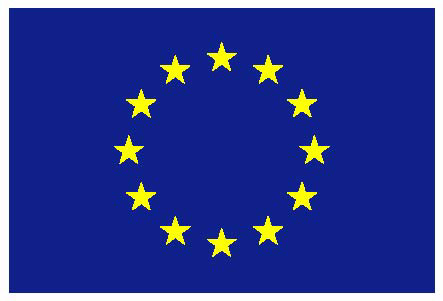Reentrant Phase Coherence in Superconducting Nanowire Composites
Authors: Diane Ansermet, Alexander P. Petrović, Shikun He, Dmitri Chernyshov, Moritz Hoesch, Diala Salloum, Patrick Gougeon, Michel Potel, Lilia Boeri, Ole Krogh Andersen, and Christos Panagopoulos
Published in: ACS Nano 10 (1), pp 515–523, 2016.
The short coherence lengths characteristic of low-dimensional superconductors are associated with usefully high critical fields or temperatures. Unfortunately, such materials are often sensitive to disorder and suffer from phase fluctuations in the superconducting order parameter which diverge with temperature T, magnetic field H, or current I. We propose an approach to overcome synthesis and fluctuation problems: building superconductors from inhomogeneous composites of nanofilaments. Macroscopic crystals of quasi-one-dimensional Na2−δMo6Se6 featuring Na vacancy disorder (δ ≈ 0.2) are shown to behave as percolative networks of superconducting nanowires. Long-range order is established via transverse coupling between individual one-dimensional filaments, yet phase coherence remains unstable to fluctuations and localization in the zero (T,H,I) limit. However, a region of reentrant phase coherence develops upon raising (T,H,I). We attribute this phenomenon to an enhancement of the transverse coupling due to electron delocalization. Our observations of reentrant phase coherence coincide with a peak in the Josephson energy EJ at nonzero (T,H,I), which we estimate using a simple analytical model for a disordered anisotropic superconductor. Na2−δMo6Se6 is therefore a blueprint for a future generation of nanofilamentary superconductors with inbuilt resilience to phase fluctuations at elevated (T,H,I).







